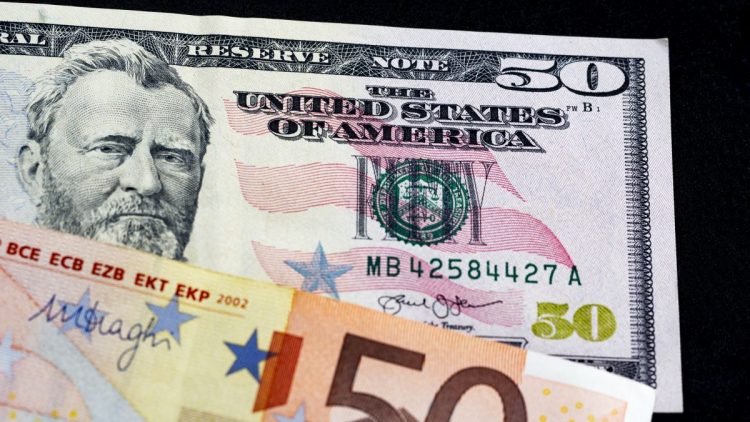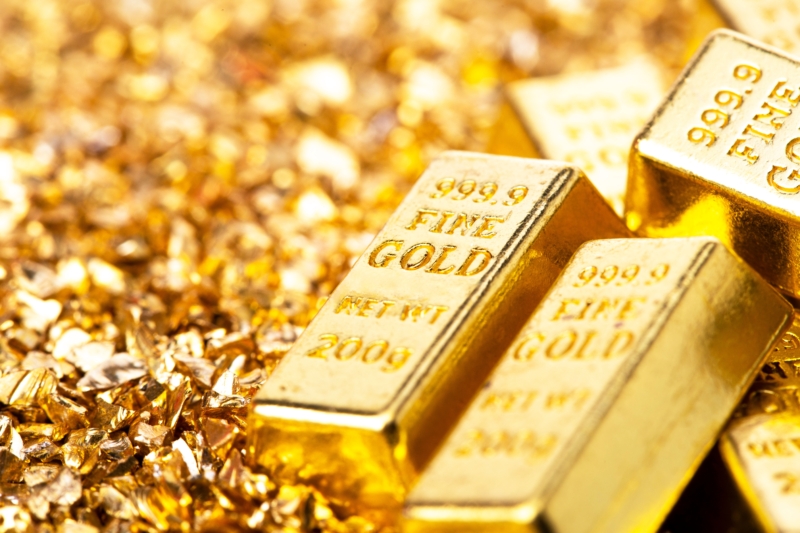Publisher: Maaal International Media Company
License: 465734
Euro approaches dollar parity and government bonds rally
Continuing fears about a coming recession pushed oil prices lower, the euro towards parity with the US dollar and government bonds higher, the Financial Times reported.
International oil benchmark Brent crude, which had climbed to almost $140 a barrel in early March as western governments prepared sanctions against big producer Russia after its invasion of Ukraine, fell 7.1 per cent, settling at $99.49. US marker West Texas Intermediate dropped 7.9 per cent to settle at $95.84.
The euro teetered on the edge of hitting $1 for the first time since 2002, as the dollar attracted safe-haven buyers as well as traders taking advantage of the gap between interest rate expectations in the US compared with the eurozone.
اقرأ المزيد
The dollar index, which measures the greenback against six rival currencies and has a heavy euro weighting, was slightly higher on the day, up 0.1 per cent, having earlier in the day hit its highest level since 2002.
Investors have been spooked by business and consumer surveys that indicate a looming US slowdown, with the central bank still poised to aggressively raise interest rates this year to battle soaring inflation.
“Central banks are tightening interest rates into a slowdown, which is why commodities prices have turned,” said Trevor Greetham, head of multi-asset at Royal London Asset Management. In a recession, he added, “you would expect to see commodity prices crashing down and we are in the early stages of that”.
Fears over the health of the economy are even more acute in Europe, where governments are worried about Moscow cutting off gas supplies, exacerbating an energy shock and cost of living crisis.
Foreign exchange markets are “discounting a severe European recession”, into the euro-dollar trade, Greg Anderson and Stephen Gallo of BMO Capital Markets wrote in a note to clients.
“This scenario has close links with energy supply constraints,” they said, as well as “winter (or even summer) fuel rationing”.
Futures linked to TTF, the European wholesale gas price, were 7.6 per cent higher at €175.5 per megawatt-hour, more than double their level of early June.
Analysts expect the Federal Reserve to raise interest rates by as much as 0.75 percentage points at its July meeting, from a current range of 1.5 per cent to 1.75 per cent. Futures markets point to a benchmark US interest rate of 3.4 per cent for early 2023.
By comparison, futures tip the European Central Bank to tighten monetary policy more slowly, nudging its deposit rate from minus 0.5 per cent to just over 1 per cent by next March.
The yield on Germany’s 10-year Bund, a barometer for debt costs in the eurozone, fell 0.11 percentage points to 1.13 per cent as economic uncertainty drove demand for the low-risk asset. Bond yields fall as prices rise.
US government bond yields also fell, continuing to trade in a so-called inverted yield curve pattern that has historically predicted recessions.
The 10-year Treasury yield, which underpins debt costs worldwide, fell 0.03 percentage points to 2.96 per cent. The two-year yield also fell 0.03 percentage points to 3.04 per cent. The spread between the two earlier in the day reached its widest level since 2007.








